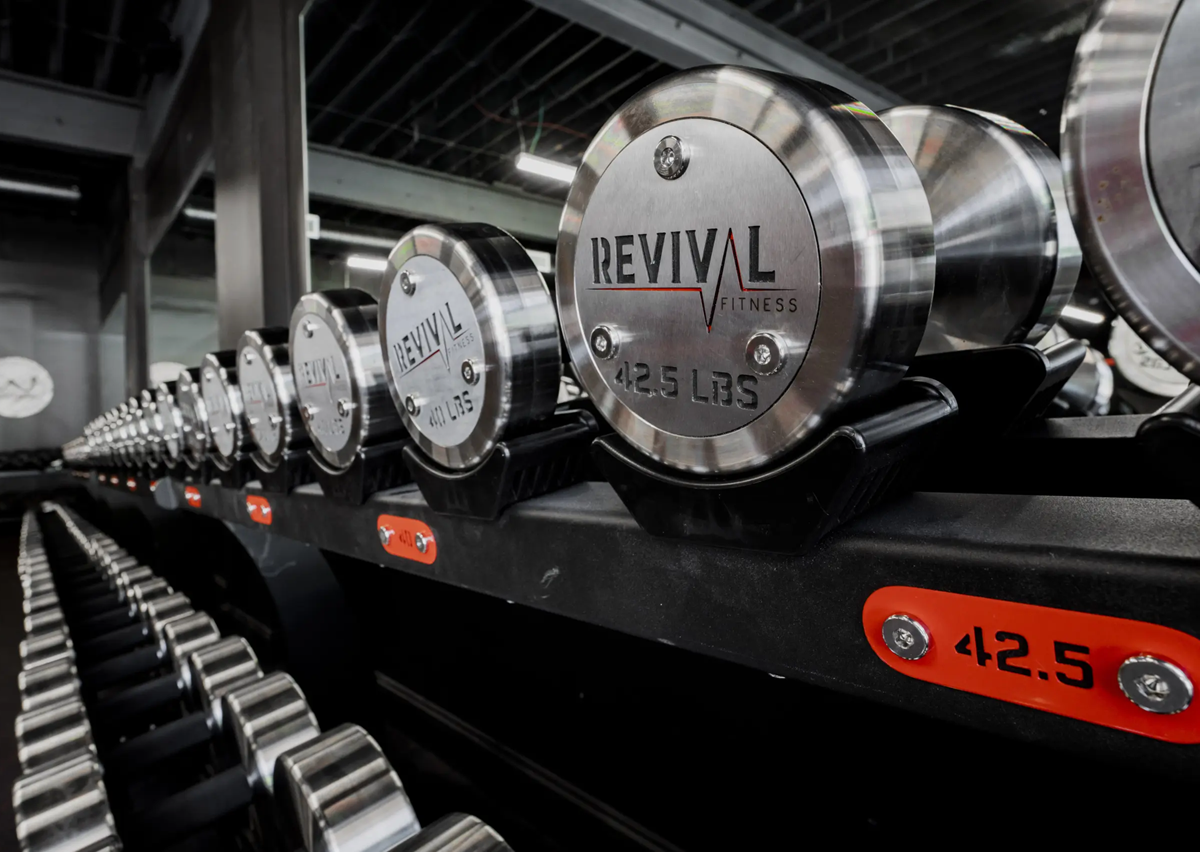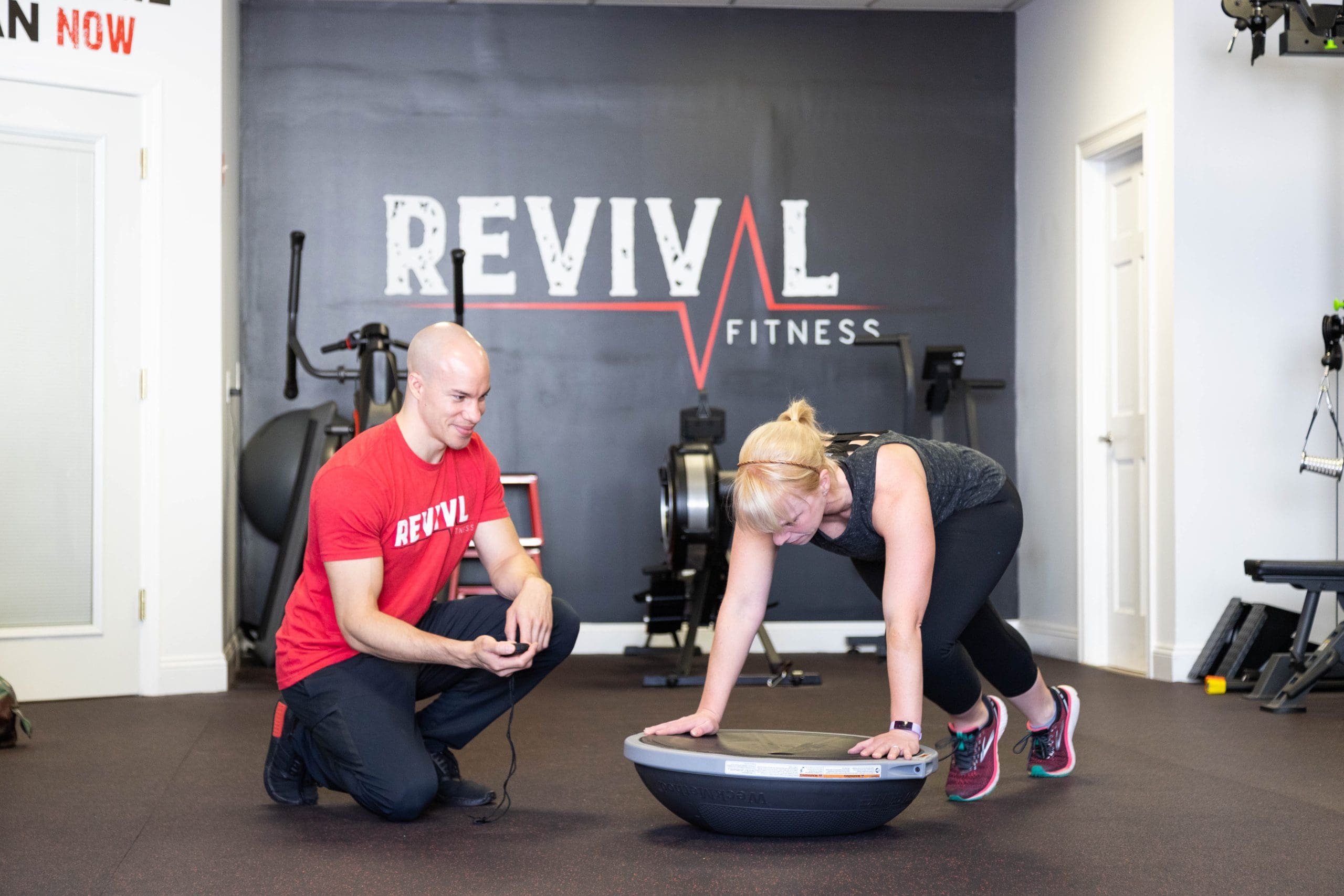Creating an effective workout plan isn’t just about picking exercises at random. It’s about designing a structured, goal-driven routine that works for your body, lifestyle, and experience level. Whether you’re new to fitness or looking to get more from your training, the right plan will keep you consistent and make your efforts count.
Why a Structured Workout Plan Matters
Without a structured plan, you risk:
- Inconsistent results
- Increased risk of injury
- Burnout or loss of motivation
- Plateauing without progress
A well-designed plan provides direction, progression, and balance. It ensures you’re training the right muscles, getting enough recovery, and moving steadily toward your goals.
Learn more about workout plans here: Functional Training Explained — What It Is and Why It Works
Step-by-Step: How to Build Your Workout Plan
1. Define Your Fitness Goals
The first step is knowing what you want to achieve. Are you looking to lose weight, build muscle, improve endurance, or simply move more? Your fitness goals determine everything that follows.
How to Stay Consistent With Your Workouts
2. Choose the Right Training Split
Based on your goals and availability, decide how many days per week you can realistically train. A few common splits:
- 2-3 days/week: Full-body strength sessions
- 4 days/week: Upper/lower body split
- 5+ days/week: Combination of strength, cardio, and mobility training
3. Balance Strength and Cardio Workouts
For most people, an effective plan includes both resistance training and cardiovascular exercise. Strength training builds muscle and metabolism, while cardio supports heart health and endurance.
- Strength training: 2–4 sessions per week
- Cardio: 2–3 sessions per week (e.g., walking, running, cycling, HIIT)
4. Include Rest and Recovery Days
Rest is essential for progress. Aim for at least one full rest day each week and consider active recovery (like stretching or light movement) on lower-intensity days.
5. Customize for Your Schedule and Preferences
If your routine isn’t sustainable, it won’t last. Match your plan to your lifestyle—early mornings, lunch breaks, or evening sessions. Shorter workouts are fine as long as they’re consistent.
Need help with customization? Explore our personal training services.
6. Progress Gradually
To avoid plateaus, you need to increase your challenge over time—either by adding weight, reps, time, or intensity. This principle of progressive overload keeps your body adapting and improving.
Common Workout Plan Mistakes to Avoid
- Starting with no clear goal
- Doing too much too soon
- Ignoring proper form
- Not allowing enough recovery
- Copying plans that aren’t tailored to you
Get Expert Help at Revival Fitness
At Revival Fitness, our coaches work with clients of all experience levels to create customized workout plans that fit their goals, schedule, and preferences. We provide:
- Goal-focused programming
- One-on-one coaching
- Progress tracking and reassessments
- Nutrition guidance to support performance and recovery
- Flexible gym membershipsWhether you’re looking to train independently or with support, we’ll help you build a plan that works for you long-term.
Start Strong With a Plan Built for You
You don’t need to be an athlete or fitness expert to succeed—you just need a smart plan and the right support. Avoid wasted effort by starting with a structure that’s realistic, personalized, and sustainable.
Have questions about building your plan? Contact us to get started with a consultation or training session.
How to Stay Consistent With Your Workouts
Signs You Need a Personal Trainer (and How to Choose One)
Top Mistakes People Make When Starting a Fitness Journey





